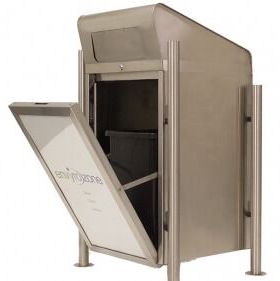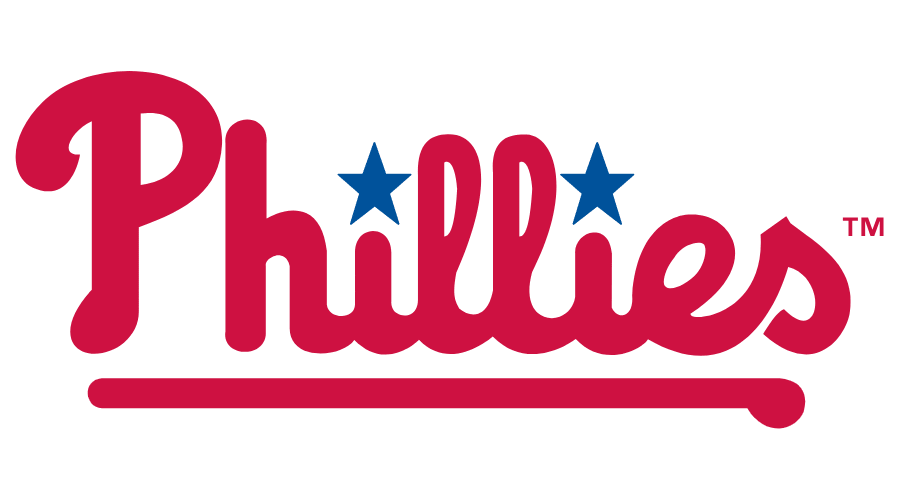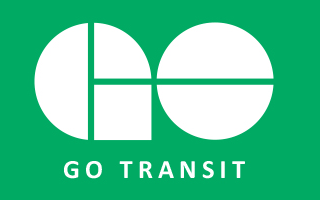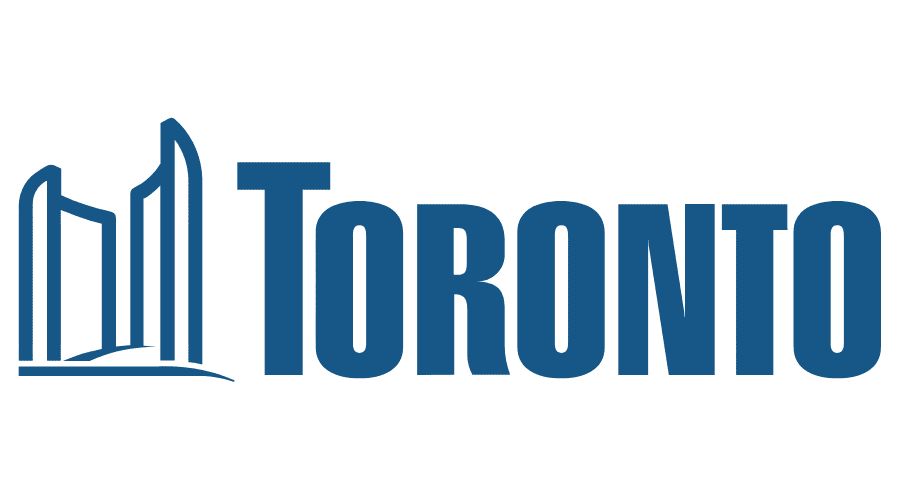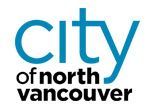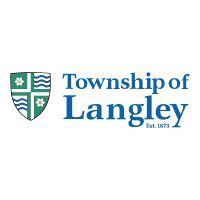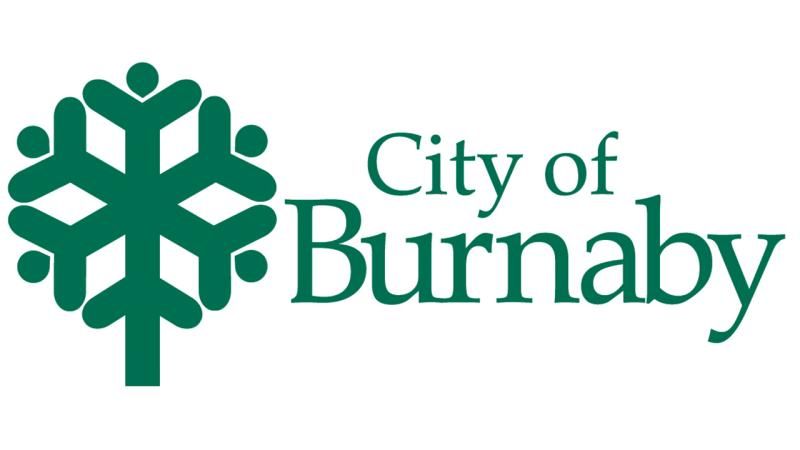How Are Smart Trash Cans Transforming Urban Cities?
As cities expand and populations rise, the need for efficient and sustainable waste management has become more pressing than ever. Urban planning is undergoing a meaningful shift-one that focuses on integrating smarter infrastructure to address today's most complex challenges. At the heart of this transformation are commercial trash cans, which have evolved far beyond basic bins on sidewalks. They are now intelligent, connected tools actively reshaping how we build and sustain modern cities.
This change isn't just about capacity-it's about smart functionality, environmental responsibility, and long-term urban cleanliness. In the movement toward building cleaner, more efficient cities, smart waste solutions such as commercial trash cans and commercial garbage receptacles are taking centre stage. These innovations are becoming critical elements of greener, more livable environments across Canada.
Smart Cities Begin with Smarter Waste Solutions
Smart cities are built on the principles of technology, data-driven decision-making, and sustainable design. From AI-controlled transit systems to energy-efficient infrastructure, everything in a smart city is interconnected-and waste management is no exception.
Smart commercial trash cans are purpose-built for this new urban reality. They do far more than collect waste; they monitor fill levels, alert collection teams in real time, and reduce the occurrence of overflowing bins. This helps ensure public areas remain clean and hygienic while also lowering municipal costs associated with unnecessary pickups and fuel consumption.
By delivering alerts when a bin is nearing capacity, smart receptacles eliminate guesswork and create a cleaner, more pleasant environment for both residents and visitors-an important step toward smarter urban living.
Durability and Design: Aesthetic Evolution of Public Waste Receptacles
Gone are the days when trash bins were purely functional and unsightly. Today's commercial garbage receptacles are crafted with both durability and style in mind, allowing them to complement the aesthetic of any environment. Whether placed in a revitalized downtown core, a public park, or near transit hubs, modern bins are designed to fit seamlessly into their surroundings.
Materials like stainless steel, powder-coated aluminium, and high-density polyethylene offer a combination of weather resistance, vandal-proof construction, and visual appeal. This makes them ideal for standing up to Canadian weather-from freezing winters to sweltering summers-while also maintaining a polished appearance.
City planners, architects, and urban designers are prioritizing trash receptacles that enhance rather than detract from public spaces. These well-designed bins promote civic pride and a clean public image while improving the overall user experience.
Maximizing Sustainability and Efficiency
Modern commercial trash cans go beyond waste collection-they're vital tools for sustainable city planning. Many include built-in compartments for recyclables, compostables, and general waste, allowing users to sort responsibly with ease. This structure not only improves recycling rates but also reduces contamination, a key challenge in waste diversion programs.
Some advanced bins include solar-powered compactors, significantly increasing waste capacity between pickups. This reduces collection frequency, saving municipalities money on labour, fuel, and maintenance-while also lowering their carbon footprint.
In addition, smart bins equipped with IoT (Internet of Things) technology can gather data on waste volumes and user behaviours. Municipalities can use this information to better plan collection routes, improve bin placement, and make long-term decisions that benefit both the environment and their budgets.
Public Health and Hygiene Take Priority
In the wake of global health concerns, maintaining clean and hygienic public spaces has become a greater priority than ever before. Smart waste receptacles are rising to meet these challenges with features such as touchless access, antimicrobial coatings, and even self-sanitizing surfaces.
Overflowing bins don't just look unpleasant-they pose health and safety risks. Accumulated trash can attract pests, emit foul odours, and serve as breeding grounds for bacteria. By ensuring timely and efficient waste removal, smart commercial garbage receptacles help keep urban spaces healthy and welcoming for everyone.
Encouraging Proper Disposal Behaviour in Public Spaces
Studies show that people are more likely to dispose of waste properly when bins are clean, clearly labelled, and conveniently located. Smart waste systems capitalize on this behavioural insight, using strategic placement and intuitive design to improve public participation.
Some high-tech bins even offer real-time feedback or visual prompts, encouraging people to recycle or compost appropriately. In many Canadian cities, this approach has led to higher engagement, less litter, and a greater sense of ownership among residents.
When residents see that their city is investing in cleaner public spaces, they're more inclined to do their part. And that makes a measurable difference.
Smart Bins as Urban Data Collectors
These aren't just bins-they're sensors. Smart commercial trash cans collect and transmit data in real time. This includes not only fill levels but also patterns in foot traffic, volume per waste type, and even peak disposal hours.
Urban planners and operations managers can use this data to:
- Adjust collection frequency based on actual usage.
- Optimize bin placement for maximum efficiency.
- Identify trends and forecast future needs.
With data analytics informing decisions, municipalities can deliver better service while staying ahead of environmental goals.
A Strategic Investment in the Future
It's true that smart waste solutions may require a higher initial investment than traditional bins. However, the return on investment-both financially and environmentally-is substantial. Over time, cities benefit from:
- Lower collection and maintenance costs
- Reduced vehicle usage and fuel consumption
- Improved recycling performance and compliance
- Cleaner, more appealing public areas
For cities aiming to achieve aggressive climate targets and waste diversion goals, smart trash receptacles offer a clear and effective path forward.
Custom Solutions for Every Corner of the City
No two cities-or neighbourhoods-are the same. That's why smart waste bins are available in a variety of styles, sizes, and functionalities to suit different urban settings. Whether a city needs a slim bin for a narrow laneway or a large-capacity unit for a community plaza, there's a solution for every environment.
Municipalities can customize features like colours, labels, decals, and waste stream configurations to meet local waste separation standards and design preferences. This flexibility ensures that smart bins work harmoniously with both operational demands and urban aesthetics.
Aligning with Environmental Leadership and Green Branding
Public-facing waste solutions are more than tools-they're statements. Adopting smart commercial garbage receptacles communicates a city's commitment to sustainability, innovation, and public health.
Private businesses, too, can benefit by aligning with these civic initiatives. Sponsoring or installing smart bins near business premises showcases environmental leadership and boosts green branding-something increasingly valued by Canadian consumers and stakeholders.
Educating and Engaging the Community
Smart bins aren't just for waste-they're also communication tools. Whether through built-in signage, digital displays, or scannable QR codes, bins can share messages about proper waste sorting, climate action, or community recycling programs.
By turning each bin into an educational touchpoint, cities can strengthen their relationship with residents and inspire shared responsibility. Engaged communities are cleaner, more cooperative, and more invested in local sustainability goals.
Looking Ahead: What's Next for Urban Waste Solutions?
Technology doesn't stand still, and neither does innovation in waste management. The future holds exciting possibilities, from AI-powered auto-sorting to voice-guided disposal systems and integrated air quality sensors.
The trajectory is clear: smart bins are not a luxury-they are an essential component of sustainable, resilient urban infrastructure. By investing today, cities position themselves to meet tomorrow's demands with strength and adaptability.
Empowering Cleaner Cities Through Innovation and Purpose
At the forefront of this waste management evolution is a leader in smart, design-driven solutions. Offering a full suite of innovative, weather-resistant, and intelligently engineered commercial trash cans and commercial garbage receptacles, we specialize in helping municipalities and organizations across Canada meet their waste management goals.
We design products that combine function, form, and future-ready technology. Our bins are built not only to collect waste but also to inspire better habits, optimize operations, and beautify the environments they serve. From sensor-enabled models to compacting options and customization for civic branding, our solutions are tailored to modern cities and their people.
We're passionate about sustainability, thoughtful design, and creating cleaner, smarter communities. Our mission is to help cities of all sizes reduce waste, improve hygiene, and foster public engagement through smart infrastructure.
Transform your city with sustainable innovation-partner with Envyrozone for smart waste solutions that make a lasting impact.

